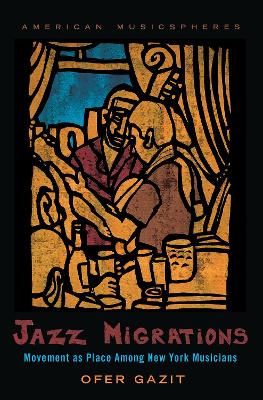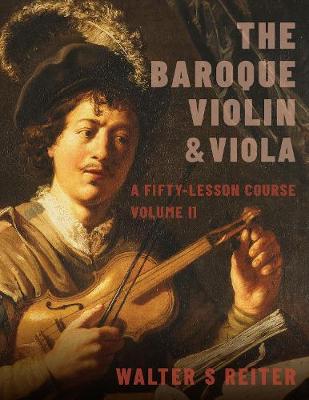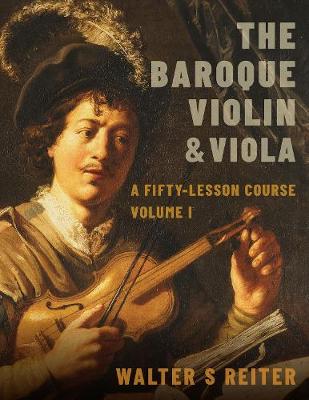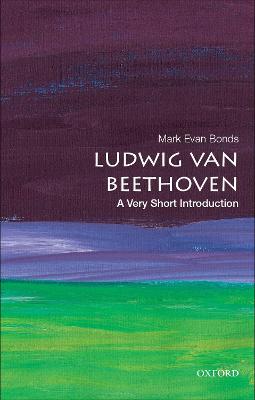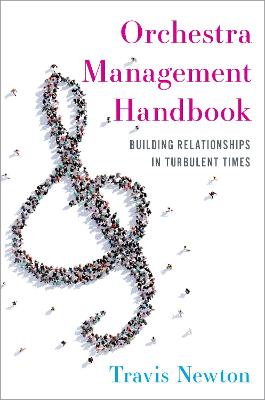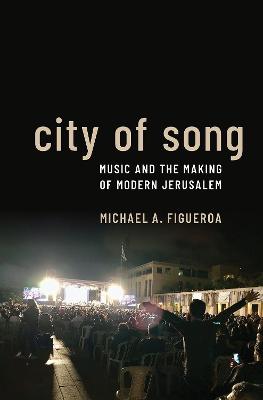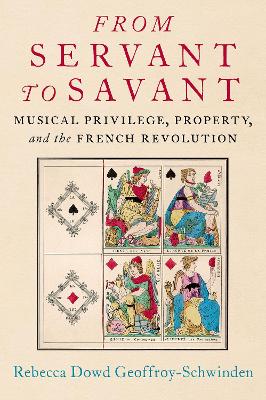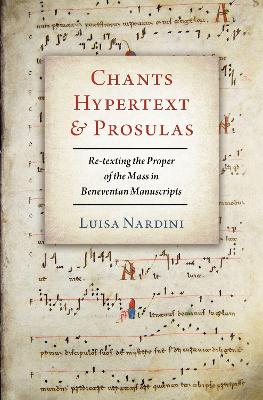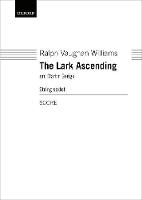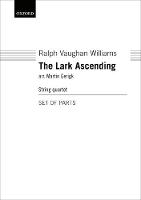Baroque Violin & Viola
Baroque Violin & Viola
A Fifty-Lesson Course Volume I
Oxford University Press Inc
11/2020
312
Mole
Inglês
9780190922702
848
Descrição não disponível.
Foreword Introductory quotes Questions and Answers Part One The Basics Lesson One. Prelude Choosing a Violin - Choosing a Bow - Strings - Pitch. Lesson Two. Holding the violin How to hold the Baroque violin: a beginner's guide. Lesson Three. The Bow, Creator of Sound Holding the Bow. Lesson Four. First Sounds: Celebrating our Vocal Heritage Searching for our Vocal Roots - Exploring the Rhythm of words - Postscript. Lesson Five. Copying the Human Voice: Sweelinck's Garrulous Little Swallow Vowels - Dipthongs - Consonants - Double Consonants - Bowings - Postscript. Lesson Six. Five Exercises to Help Accustom You to 'Chinless' Playing Recalling These Exercises in a Performance Situation - Technical Factors - Emotional Factors - Nerves. Lesson Seven. More Basic Concepts and Techniques. 'A Division on a Ground' by Mr Faronell, from 'The Division Violin,' London, 1684 The Importance of the Bass Line - Tempo and Rhythm - The Hierarchies and the Bow Impulses - Engramelle - Good Notes and Bad Notes - Varying the Articulation. Lesson Eight. Learning to Feel. Developing a heightened awareness of the Emotional Power of Sound and the Intervals Emotional Information: What Sound Tells Us - How to Prepare: Manipulating Our Emotions. Lesson Nine. The Inner Life of Sound: 'Messa di voce' Lesson Ten. Applying the Messa di voce. Arcangelo Corelli: Adagio from Sonata Opus V No 3 Applying the 'Messa di voce' - Dissonances and Consonances - On Trills - In Praise of the Second Position - Hemiolas: To be Heard as Well as Seen? - A Note on Chromatic Fingering - Sound and Expression - Summary Lesson Eleven: Temperament and 'Historical' Intonation: an Outline How Do We Learn 'Pure' Intonation? - Leopold Mozart on Overtones - Peter Prelleur's Fingerboard. Lesson Twelve. Scale Exercises and Etudes for Shifting and Intonation Part One: Towards a Chinless Scale Book The Four Springs - Techniques of Displacement - Shifting and Expression. Part Two: Fifteen Exercises for the Methodical Study of Pure Intonation. Applying Pure Intonation to Geminiani's Scale Studies from 'The Art of Playing the Violin (1751) Lesson Thirteen. Bringing Fast Notes to Life: the Inequality of the Equal. Albinoni. Sonata Op V1 No 2, Allegro How to Play Equal Notes in a Flexible and Subtle Way - The Three Flexibilities - Rhythmic flexibility - Dynamic flexibility - Flexibility of articulation - Adding Slurs: a Misdemeanour? - Sequences. Lesson Fourteen. Learning to Feel Comfortable on Gut Strings. I) The Bow Lesson Fifteen. Learning to Feel Comfortable on Gut Strings. II) The Left Hand Slaves of our Inner Voice: the Fingers. Part Two Re-examining the Familiar: Sonatas by Vivaldi and Corelli Lesson Sixteen. The Starting-point of Interpretation: Learning to Observe Arcangelo Corelli: Sonata Op V no VII Interpretation: a Question of Taste? - Editions or Facsimiles? - Instrumentation in Corelli's Opus V Sonatas - Means of Expression - Choosing a Convincing Tempo - Preludio - Afterthought: What Happens Within. Lesson Seventeen. Corelli. Sonata Op V No VII. Corrente - Sarabanda - Giga Lesson Eighteen. Transforming musical decisions into sound Lesson Nineteen. In the Footsteps of Corelli. Antonio Vivaldi: Sonata Op 2 No 1 Preludio. Gesture - Shifting: How, When and Whither? - Open Strings: Use or Misuse- Notes Essential and Notes Ornamental Lesson Twenty. In the Footsteps of Corelli. Antonio Vivaldi: Sonata Op 2 No 1 Giga, Sarabanda Largo, Corrente. Emotional Information in Rhythm - Learning to Read Vivaldi's Sonata in the Original Notation Lesson Twenty-One. Nurturing Spontaneity: Ornamentation, Module One Ornamentation: Diversion or Essence? - Overcoming Our Fear of Playing the Unwritten - Ornamentation and National Styles - Composed Ornamentation - First Steps in Ornamenting: Corelli's Sarabanda - Ornamenting the Second Half of the Sarabanda - Corelli's Sarabanda Ornamented by Dubourg. Lesson Twenty-Two. Straight from the Heart: the Great Vibrato Debate Lesson Twenty-Three. Rhetoric: the Power to Persuade The Origins of Rhetoric - Rhetoric and Music - The Musician as Orator - Rhetorical Playing Versus Pure Instrumentalism - Some Rhetorical Figures: Dynamics, Parenthesis, Repetition, Direction, Punctuation and Intonation - Tonality - Dissonance - Tessitura - Tempo - Metre - Acoustic - Imagery - Presentation. Notes to Lessons Bibliography Index Acknowledgements
Este título pertence ao(s) assunto(s) indicados(s). Para ver outros títulos clique no assunto desejado.
Foreword Introductory quotes Questions and Answers Part One The Basics Lesson One. Prelude Choosing a Violin - Choosing a Bow - Strings - Pitch. Lesson Two. Holding the violin How to hold the Baroque violin: a beginner's guide. Lesson Three. The Bow, Creator of Sound Holding the Bow. Lesson Four. First Sounds: Celebrating our Vocal Heritage Searching for our Vocal Roots - Exploring the Rhythm of words - Postscript. Lesson Five. Copying the Human Voice: Sweelinck's Garrulous Little Swallow Vowels - Dipthongs - Consonants - Double Consonants - Bowings - Postscript. Lesson Six. Five Exercises to Help Accustom You to 'Chinless' Playing Recalling These Exercises in a Performance Situation - Technical Factors - Emotional Factors - Nerves. Lesson Seven. More Basic Concepts and Techniques. 'A Division on a Ground' by Mr Faronell, from 'The Division Violin,' London, 1684 The Importance of the Bass Line - Tempo and Rhythm - The Hierarchies and the Bow Impulses - Engramelle - Good Notes and Bad Notes - Varying the Articulation. Lesson Eight. Learning to Feel. Developing a heightened awareness of the Emotional Power of Sound and the Intervals Emotional Information: What Sound Tells Us - How to Prepare: Manipulating Our Emotions. Lesson Nine. The Inner Life of Sound: 'Messa di voce' Lesson Ten. Applying the Messa di voce. Arcangelo Corelli: Adagio from Sonata Opus V No 3 Applying the 'Messa di voce' - Dissonances and Consonances - On Trills - In Praise of the Second Position - Hemiolas: To be Heard as Well as Seen? - A Note on Chromatic Fingering - Sound and Expression - Summary Lesson Eleven: Temperament and 'Historical' Intonation: an Outline How Do We Learn 'Pure' Intonation? - Leopold Mozart on Overtones - Peter Prelleur's Fingerboard. Lesson Twelve. Scale Exercises and Etudes for Shifting and Intonation Part One: Towards a Chinless Scale Book The Four Springs - Techniques of Displacement - Shifting and Expression. Part Two: Fifteen Exercises for the Methodical Study of Pure Intonation. Applying Pure Intonation to Geminiani's Scale Studies from 'The Art of Playing the Violin (1751) Lesson Thirteen. Bringing Fast Notes to Life: the Inequality of the Equal. Albinoni. Sonata Op V1 No 2, Allegro How to Play Equal Notes in a Flexible and Subtle Way - The Three Flexibilities - Rhythmic flexibility - Dynamic flexibility - Flexibility of articulation - Adding Slurs: a Misdemeanour? - Sequences. Lesson Fourteen. Learning to Feel Comfortable on Gut Strings. I) The Bow Lesson Fifteen. Learning to Feel Comfortable on Gut Strings. II) The Left Hand Slaves of our Inner Voice: the Fingers. Part Two Re-examining the Familiar: Sonatas by Vivaldi and Corelli Lesson Sixteen. The Starting-point of Interpretation: Learning to Observe Arcangelo Corelli: Sonata Op V no VII Interpretation: a Question of Taste? - Editions or Facsimiles? - Instrumentation in Corelli's Opus V Sonatas - Means of Expression - Choosing a Convincing Tempo - Preludio - Afterthought: What Happens Within. Lesson Seventeen. Corelli. Sonata Op V No VII. Corrente - Sarabanda - Giga Lesson Eighteen. Transforming musical decisions into sound Lesson Nineteen. In the Footsteps of Corelli. Antonio Vivaldi: Sonata Op 2 No 1 Preludio. Gesture - Shifting: How, When and Whither? - Open Strings: Use or Misuse- Notes Essential and Notes Ornamental Lesson Twenty. In the Footsteps of Corelli. Antonio Vivaldi: Sonata Op 2 No 1 Giga, Sarabanda Largo, Corrente. Emotional Information in Rhythm - Learning to Read Vivaldi's Sonata in the Original Notation Lesson Twenty-One. Nurturing Spontaneity: Ornamentation, Module One Ornamentation: Diversion or Essence? - Overcoming Our Fear of Playing the Unwritten - Ornamentation and National Styles - Composed Ornamentation - First Steps in Ornamenting: Corelli's Sarabanda - Ornamenting the Second Half of the Sarabanda - Corelli's Sarabanda Ornamented by Dubourg. Lesson Twenty-Two. Straight from the Heart: the Great Vibrato Debate Lesson Twenty-Three. Rhetoric: the Power to Persuade The Origins of Rhetoric - Rhetoric and Music - The Musician as Orator - Rhetorical Playing Versus Pure Instrumentalism - Some Rhetorical Figures: Dynamics, Parenthesis, Repetition, Direction, Punctuation and Intonation - Tonality - Dissonance - Tessitura - Tempo - Metre - Acoustic - Imagery - Presentation. Notes to Lessons Bibliography Index Acknowledgements
Este título pertence ao(s) assunto(s) indicados(s). Para ver outros títulos clique no assunto desejado.






